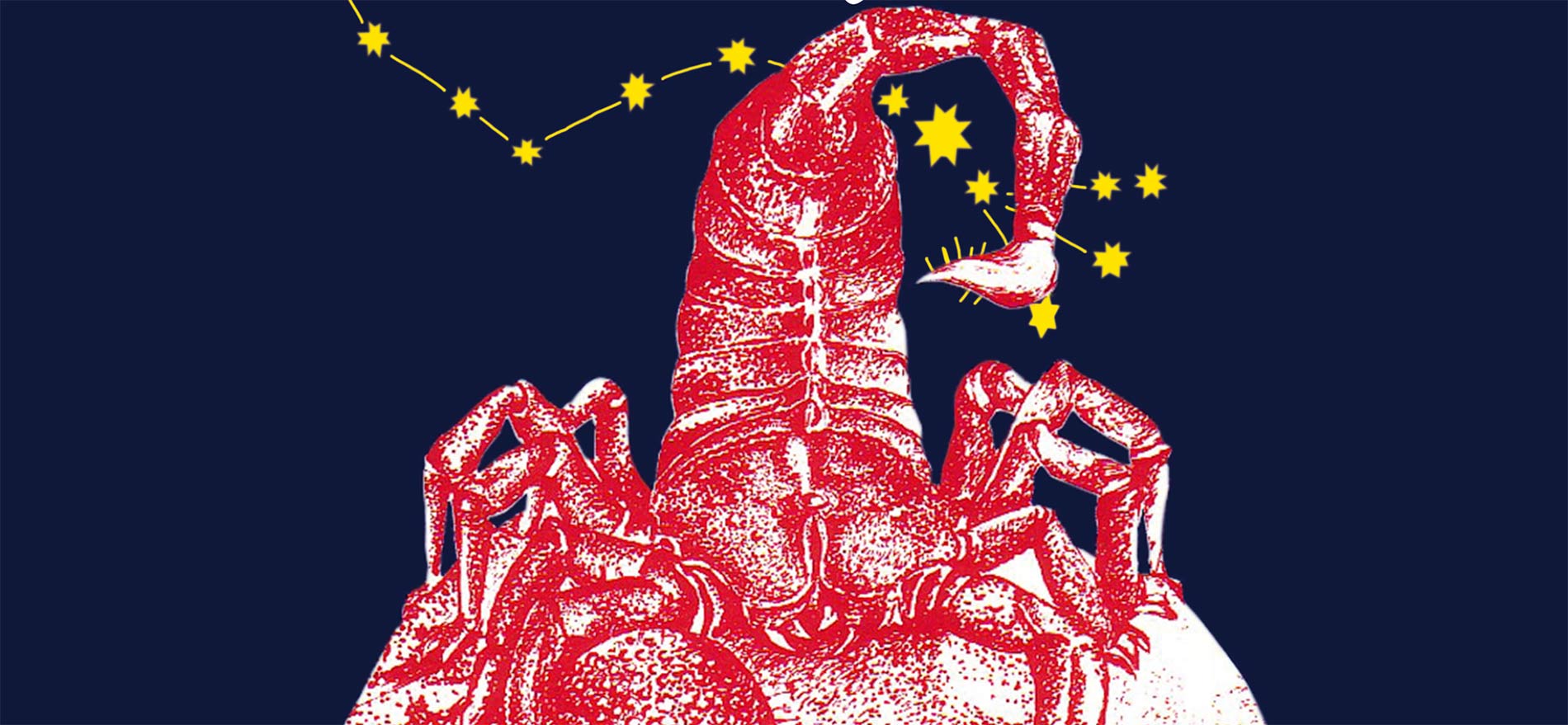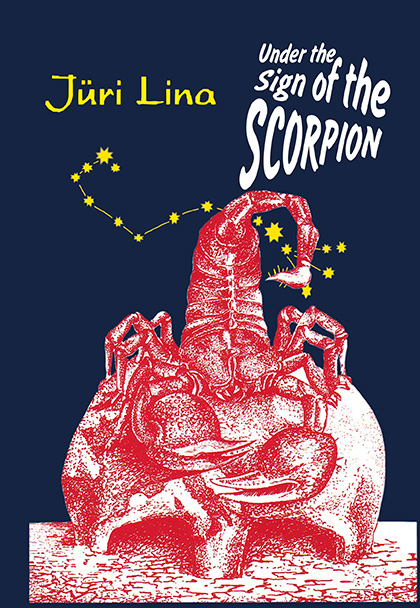THROUGH THE LABYRINTH OF MURDER
It was the morning of 30 August 1918. A cyclist turned up in Petrograd’s Palace Square at around nine o’clock. He stopped at house number 6, the headquarters of the Commune Commissariat for Internal Affairs and the Extraordinary Commission, the Cheka. This terror organisation had been founded on 7 December 1917, but officially it did not exist. Only on 18 December 1927, did Pravda publish the decree that officially established the Cheka. The cyclist was a young man wearing a leather jacket and an officer’s cap. He left his bicycle by the door and entered.
It was reception day at the Commissariat for Internal Affairs. Visitors were waiting in the hall and did not notice the young man who sat down near the entrance.
Moisei Uritsky arrived in his car at around ten o’clock. He was the chairman of the Petrograd Cheka. Uritsky had become infamous as the “Butcher of Petrograd”. He threatened to kill all Russians who spoke their native language well. He claimed there was no greater pleasure than watching monarchists die (Oleg Platonov, “The History of the Russian People in the Twentieth Century”, Moscow, 1997, p. 613). Uritsky had executed 5000 officers with his own hands.
Now he quickly walked towards the lift. Suddenly several shots were fired. It was the young man in the leather jacket who had approached Uritsky and shot him in the head and body. Uritsky collapsed. The murderer ran out into the street, jumped on his bicycle and began pedalling as fast as he could.
When they began to chase him by car, he threw away his bicycle and ran into the British Legation. He left the legation after having put on a long coat. When he saw the Red Guards, he opened fire but was quickly overpowered.
This was the official description of the murder of Moisei Uritsky. The suspect was a 22-year-old Jewish technical student, Leonid Kannegisser. This cock-and-bull story was published in 1975 in the book “The Elimination of the Anti-Soviet Subversive Movement” by David Golinkov, who investigated especially important cases at the office of the Public Prosecutor of the Soviet Union.
The doctor of history, Pavel Sofinov, described the same event in a very different manner in 1960, in his book about the history of the Cheka. On the morning of 30 August, the social revo-lutionary Kennigisser, who was the freemason Boris Savinkov’s agent as well as a spy for the British and the French, murdered the head of the Cheka in Petrograd, Moisei Uritsky, in his office. Felix Dzerzhinsky gave orders to search the British Embassy on 31 August.
The social revolutionary Kennigisser had become the student Kannegisser in the meantime, and now he had murdered Uritsky in the hallway of the Cheka instead of in Uritsky’s office. Sofinov’s version probably seemed too contrived to be credible.
“The Grammar of Leninism” by Grigori Nilov (Alexander Kravtsov) was published in London in 1990. In this book the author gave neither theory credibility. Instead he claimed that the Bolshevik Party and the central organisation of the Cheka with Lenin and Dzerzhinsky at the head were behind the murder.
Igor Bunich reveals that the murder of Uritsky was organised by Dzerzhinsky’s protégé Gleb Boky who later became his successor (Bunich, “The Party’s Gold”, St. Petersburg, 1992). The Jewish Chekist, Boky, used to feed the flesh of the executed to the animals in the zoo. Bunich demonstrated that Lenin personally gave the order to murder Uritsky and also to stage an attempt on his own life, to give a reason to immediately begin the mass terror against the Russian people. The murder was also Uritsky’s punishment for having stolen some of the confiscated riches behind Lenin’s back, together with V. Volodarsky (Moisei Gold-stein) and the freemason (Prince) Mikhail Andronnikov who was chief of the Cheka in Kronstadt. Everything was sold via certain Scandinavian banks. Andronnikov was later shot as a German spy.
The murder of the Leningrad Party Secretary, Sergei Kirov (Kostrikov), on 1 December 1934 was in many ways similar to Uritsky’s murder. Kirov was officially murdered by Leonid Nikolayev. Both of these high party functionaries had been murdered professionally and without obstacles. Both were warned in advance. Both murderers could freely gain entrance to the respective buildings. The guards were not present in Smolny, when Kirov was shot. After the murder Nikolayev fainted because of the emotional stress. By order from above, Nikolayev had immediately been set free when he twice before had been arrested close to Kirov, carrying a revolver.
It is clear today that Stalin was behind the murder of Kirov, despite the fact that there are no documents proving this. There is no lack of evidence and logical arguments. Kirov’s bodyguard was prevented from accompanying him, so that the real murderer could shoot him at exactly 4:30 in the afternoon. That event provided a good reason for Stalin to begin his campaign of mass terror. At least 7 million people were killed during that campaign and 18 million were imprisoned. 97 per cent of the participants at the 1934 Party Congress were liquidated.
Kravtsov presented some suspicious circumstances in con-nection with the murder of Uritsky, who was also a member of the Central Committee. No analysis was made of Kannegisser’s revolver and ammunition. The Cheka did not want the truth to come out. Kannegisser was never taken to trial, but was illegally killed. If Kannegisser had really been a social revolutionary, then a trial would have been a propaganda triumph for the regime. It would have been publicly announced who planned the murder. But not even the motive for Uritsky’s murder was ever exposed.
In contrast, it is now known that Lenin became furious when he received reports from Alexander Parvus in Berlin, where it was revealed that someone in Petrograd had stolen from Lenin. Just before, Dzerzhinsky had travelled to Switzerland to investigate the situation. It turned out that not all the cargoes had reached Berlin; not all the money had ended up in the Swiss bank accounts of Lenin and his approved comrades. Some cargoes of “nationalised” goods had been sent to Sweden, including many valuable icons (some of which are still on display in the Swedish National Gallery in Stockholm). The money had gone into the hands of other people than Trotsky and Lenin.
The guilty parties were found, in June 1918. The main suspects were Uritsky, Volodarsky, and Andronnikov, head of the Cheka in Kronstadt. They had stolen whole cargoes and sold everything through different Scandinavian banks. 78 million roubles in gold had vanished in this way (Bunich, “The Party’s Gold”, St. Petersburg, 1992, p. 41). The thieves (others were also involved) had stolen goods worth a total of 2.5 billion roubles in gold (today 7 billion pounds). At various auctions in Stockholm in the autumn of 1995, Russia began buying back valuable antique furniture, which had been illicitly transported to Sweden.
This came as an unpleasant surprise for Parvus, since Uritsky and Volodarsky had been his favourite disciples. Parvus had founded a Yiddish newspaper, Arbaiter Stimme (Worker’s Voice) for Uritsky in Copenhagen, where Grigori Chudnovsky and Nikolai Gordon (Leiba Alie Hael Gordon) had also worked. The latter was a Latvian Jew and a close collaborator with Grigori Zinoviev (Gerson Radomyslsky).
In Moscow, Lenin promised to solve the problem. And indeed, Volodarsky was murdered in the same month. Uritsky led the in-vestigation and learned the truth, upon which he also was murdered.
Kannegisser declared that he had acted alone. The social revo-lutionaries denied all knowledge of Kannegisser. He had never been a member of their party.
Even the circumstance that Kannegisser was wearing an offi-cer’s cap was peculiar when others had hidden their caps to avoid being executed. It seems that he wanted to draw attention to himself. The fact that he ran into the British Legation to change was also strange. He only took off his leather jacket and put on a long coat. Why, then, did he run away from the site of the crime scene at all?
It was also odd that he managed to approach Uritsky unhinde-red and that he was able to escape with the same ease after shoo-ting him. It was impossible to enter without a special permit, since there were armed guards at the door. Strangers could not even speak to Uritsky on the telephone. Mikhail Aldanov has confir-med this. Why did no one react? They saw and heard everything!
Aldanov demonstrated in his study that Kannegisser did not know how to shoot. Aldanov knew both Kannegisser and his family well. How then, could Kannegisser hit Uritsky in the head like a sharpshooter when the latter was walking quickly towards the lift? It appears that Kannegisser was used as a shadow-man, just as Leonid Nikolayev was later used in Kirov’s murder.


